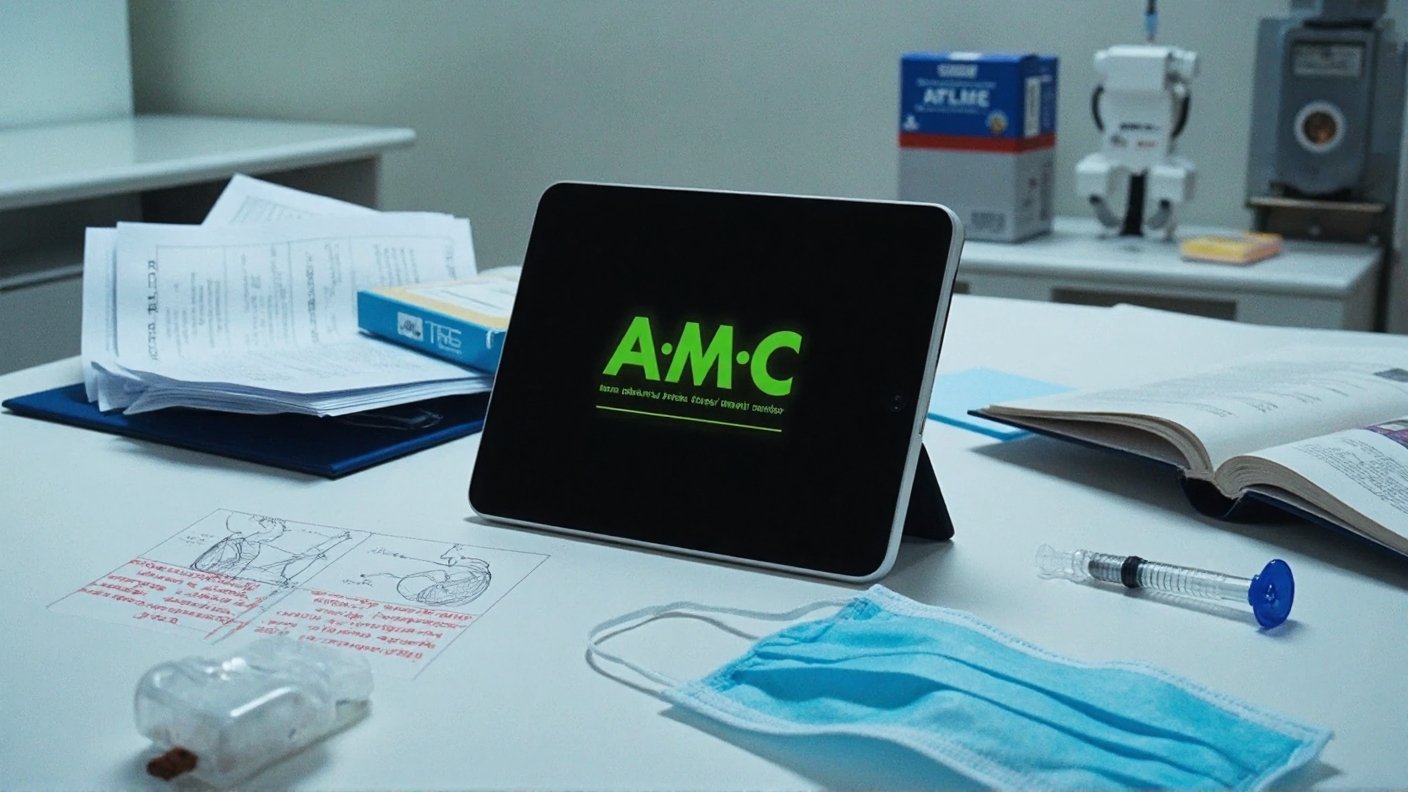
🚑 Most Common Emergency Presentations for AMC Clinical Exam
🔟 Common Emergency Cases
-
Acute Chest Pain – Suspected ACS/MI: immediate ECG, oxygen if hypoxic, aspirin, referral.
-
Shortness of Breath – Asthma, COPD, pneumonia, PE; oxygen, nebulisers, IV therapy.
-
Seizure – Status epilepticus management: ABC, IV benzodiazepines, check glucose.
-
Anaphylaxis – IM adrenaline, airway support, fluids, antihistamines.
-
Septic Child / Febrile Infant – Immediate IV antibiotics, fluids, close monitoring.
-
Stroke / TIA – FAST recognition, urgent CT brain, thrombolysis consideration.
-
Head Injury – GCS assessment, cervical spine protection, CT brain if indicated.
-
Upper GI Bleed – Resuscitation with fluids/blood, IV PPI, urgent gastro referral.
-
Diabetic Emergencies – DKA/HHS: fluids, insulin, electrolytes, monitoring.
-
Suicidal Patient – Risk assessment, safety planning, psychiatric referral.
✅ Key Tips for AMC Candidates
-
Always start with ABCDE assessment.
-
Stabilise first, investigate second.
-
Communicate clearly with patient, carers, and nursing staff.
-
Follow Australian guidelines (eTG, ALS, local protocols).
Bottom Line: Mastering these emergency scenarios ensures readiness for high-stakes AMC Clinical stations and mirrors real-life safe practice in Australia.
